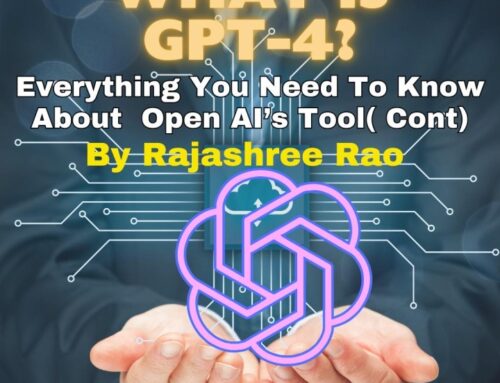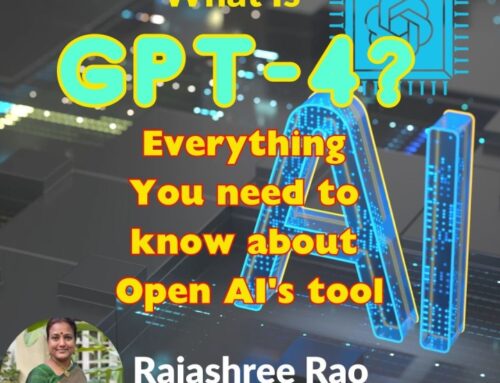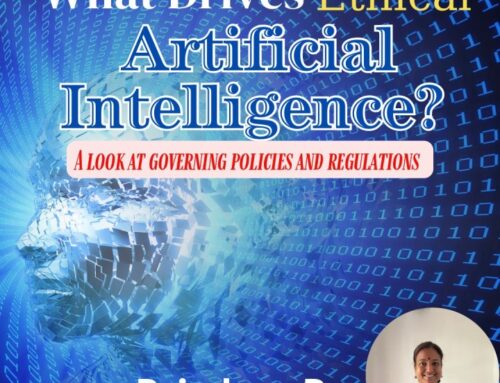Sharing my vision for India to become the Future-Ready and Future-Proof Nation in the world
History of Smart City or Smart Nation
The concept of a smart city dates back to 1960s and 1970s when the community analysis bureau started using computer databases, infrared aerial photography, and cluster analysis for data collection, issuance of reports and resource allocation to the areas that required them the most for fighting off potential devastations or reducing poverty. Since then, three different generations of ‘Smart Cities’ have emerged.
a. Smart City 1.0: In the smart city, 1.0, many cities enhanced their infrastructure using sensing technology and data analytics to efficiently manage the urban assets (public transit, water and waste systems, and roads). This connected infrastructure vision comprises the physical assets connected via sensor technology that will generate vast streams of valuable data from smart streetlights, parking meters, and even trash receptacles.
b. Smart City 2.0: The smart city 2.0, in contrast, is the dawn of the next-gen urban evolution. Some of the advanced forward-thinking cities begun to go beyond mere infrastructure by tapping the wisdom of their visitors and residents. Therefore, the smart cities of tomorrow will involve not only the Government but also the visitors, citizens, and business in an intelligent, connected ecosystem developed on a sensor-based physical infrastructure.
c. Smart City 3.0: In the third generation of smart city 3.0, it focusses on enhancing the citizen experience by functioning at the intersection of the 3Ds – Data, Digital, and Design (human-centred). The objective its to enable better decision-making through the use of data for the respective stakeholders – Citizens, Government, and Business. The focus of any smart city became its people and providing benefits such as – Better quality of life; Economic competitiveness for attracting talent and industry; Focus on environment and sustainability. This model embraced a citizen co-creation to address the issues of equality and for building a smart community with social inclusion.
In a nutshell, a ‘Smart City’ is a city that has developed specific technological infrastructure which enables the city to collect, aggregate, and analyze real-time data and has made a concerted effort to use the data for improving the lives of its residents. Smart City initiative comprises of three key components – Information and Communication Technologies (ICTs) for generation and aggregation of data; analytical tools which convert data into usable information, and organizational models which encourage innovation, collaboration, and application of that information to solve public problems.
Continue reading: http://ieeecs-madras.managedbiz.com/icnl/19q3/p169-p180.pdf
Source: IEEE India Council – IEEE India Info. Vol. 14 No. 3 Jul – Sep 2019



